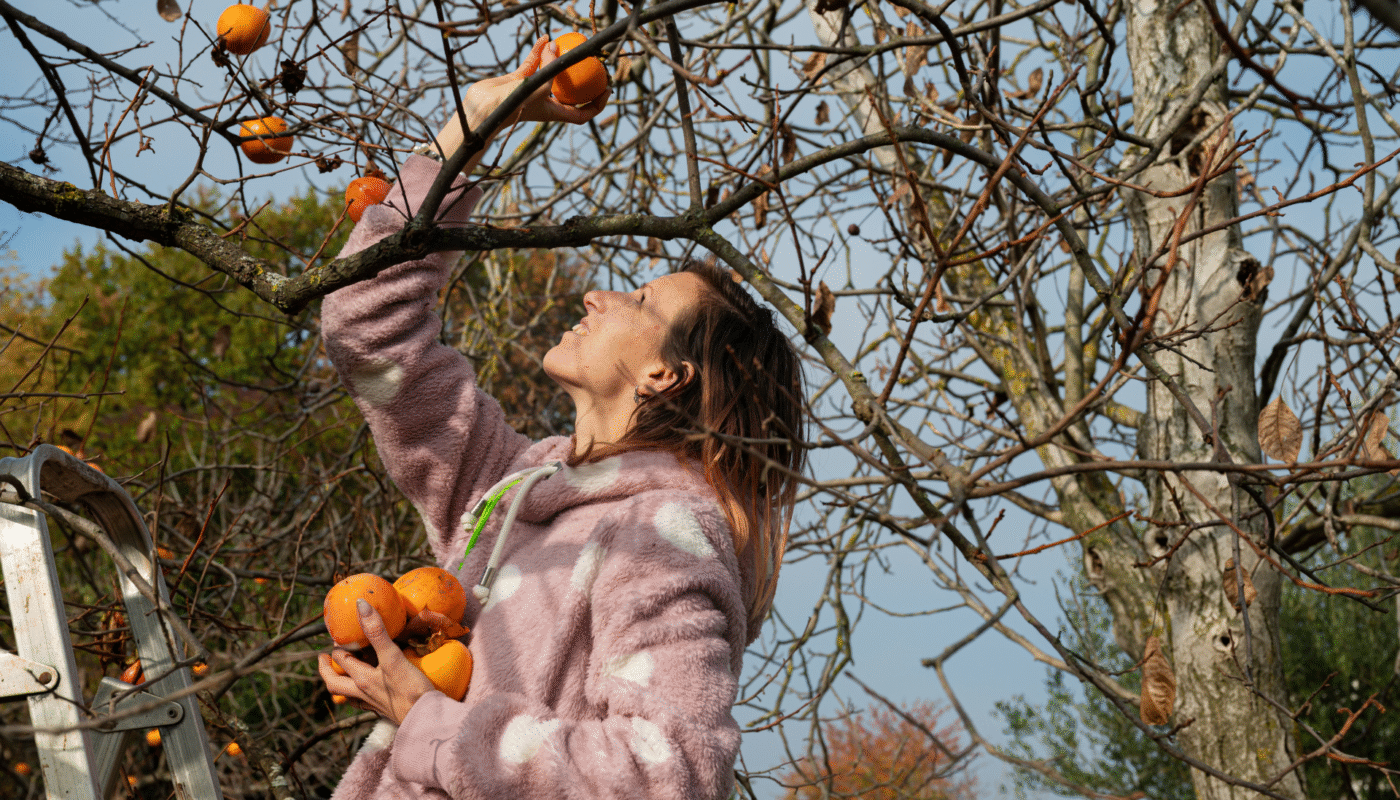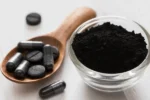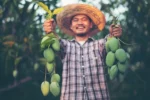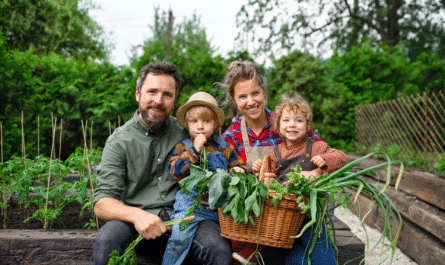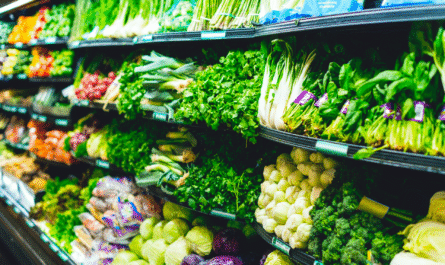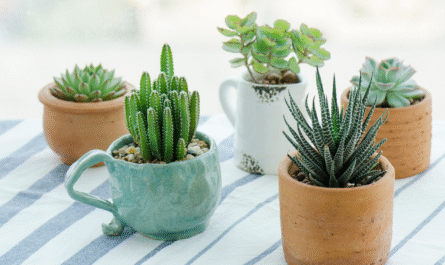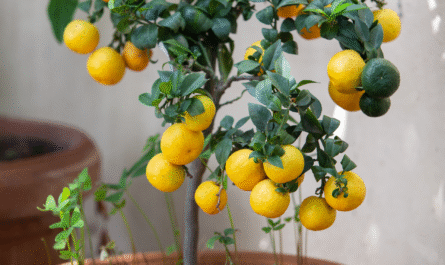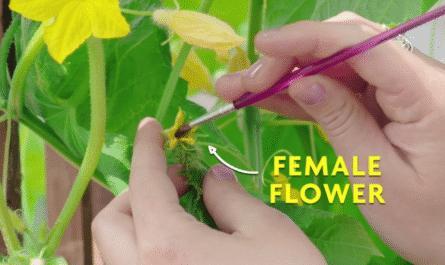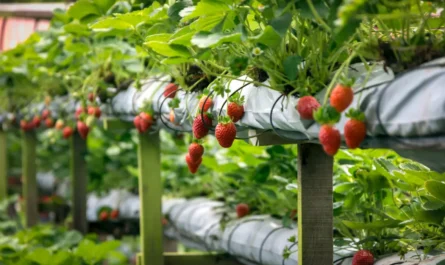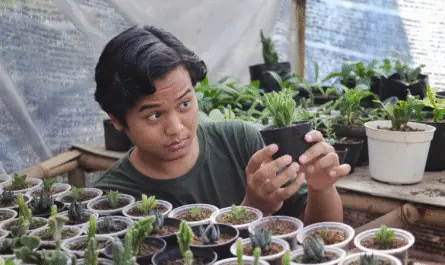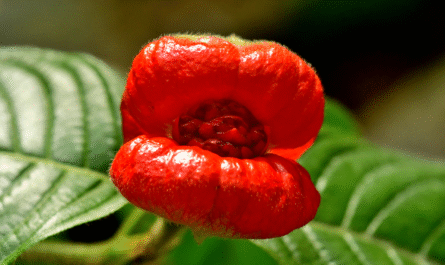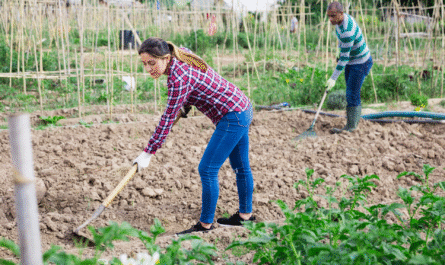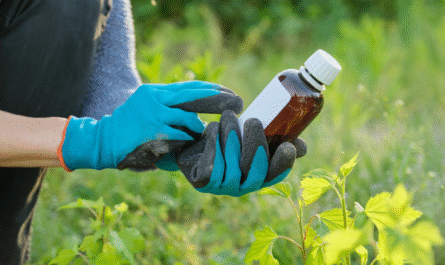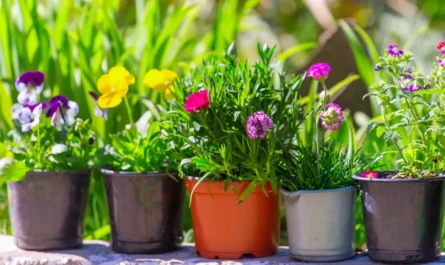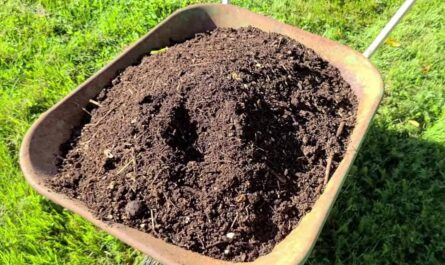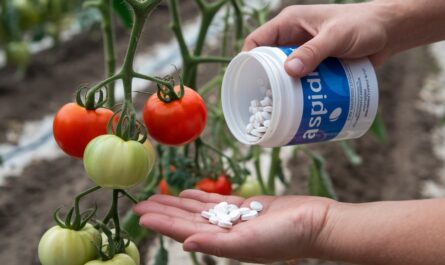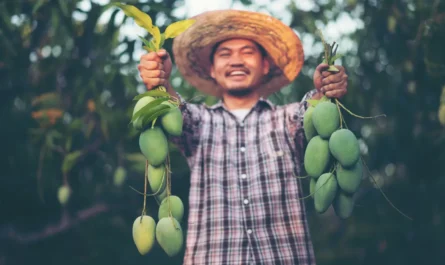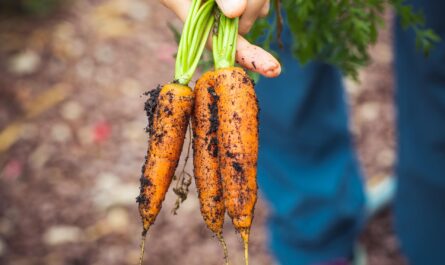When I plant something in my garden, I think long-term. I’m not just planting for a season; I’m planting for decades. That mindset has shaped how I choose my fruit trees.
I want trees that will outlast trends, survive the occasional neglect, and keep producing year after year. If you’re like me and want lasting value from your garden, this post is for you. Here are seven of the longest-living fruit trees you can grow, each with serious staying power and delicious rewards.
1. Apple Tree (Malus domestica)
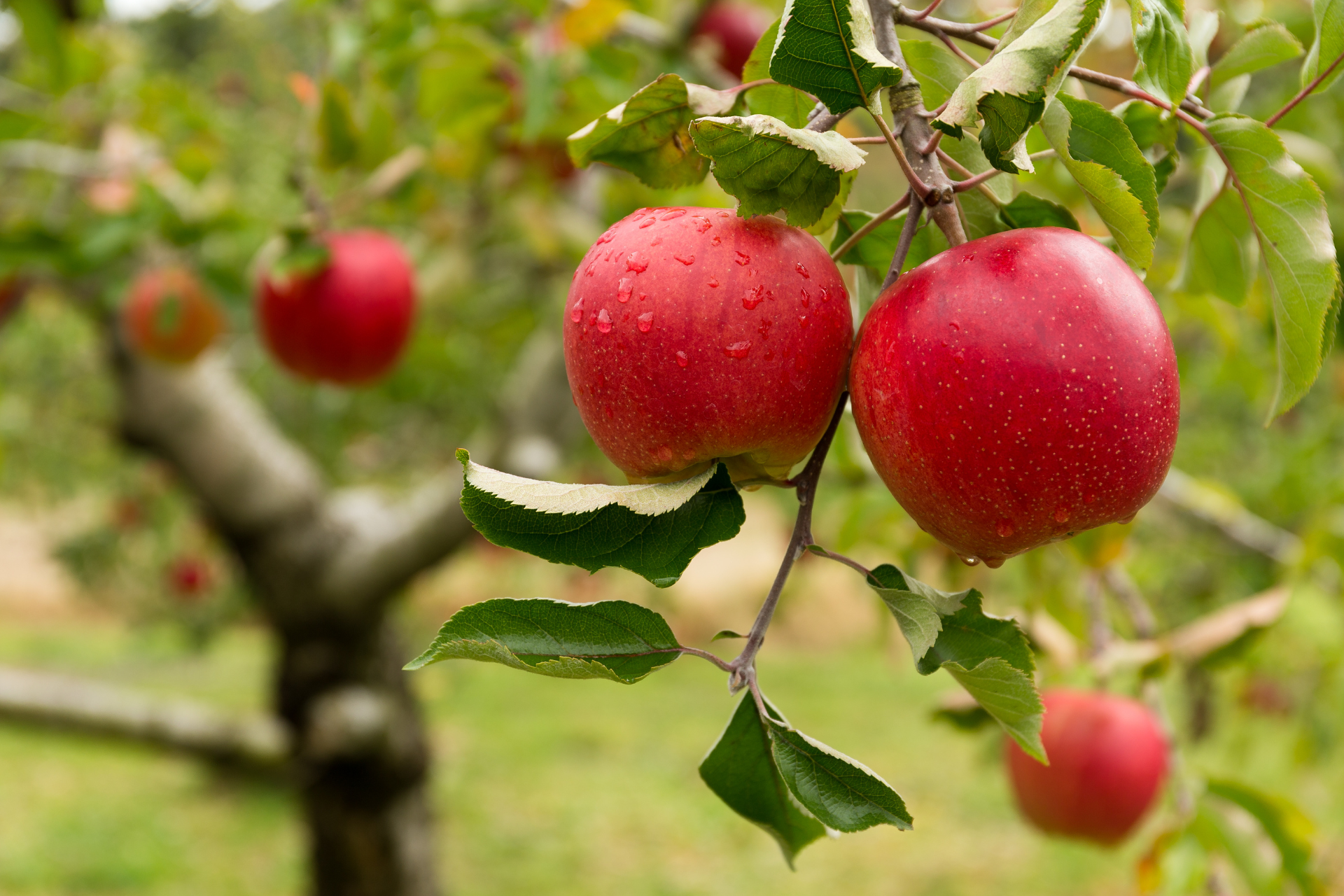
If I had to recommend one classic, no-brainer option, it would be the apple tree. Properly cared for, these trees can live 50 to over 100 years. Some heirloom varieties have been documented producing fruit well past the century mark.
Apples adapt well to different climates, especially if you choose cultivars suited to your USDA zone. They do best in full sun and benefit from annual pruning to encourage airflow and fruit production.
What I love about apples is their versatility. You can eat them fresh, bake them, juice them, or store them for winter. The key to longevity? Graft onto a hardy rootstock and give them good drainage.
2. Fig Tree (Ficus carica)
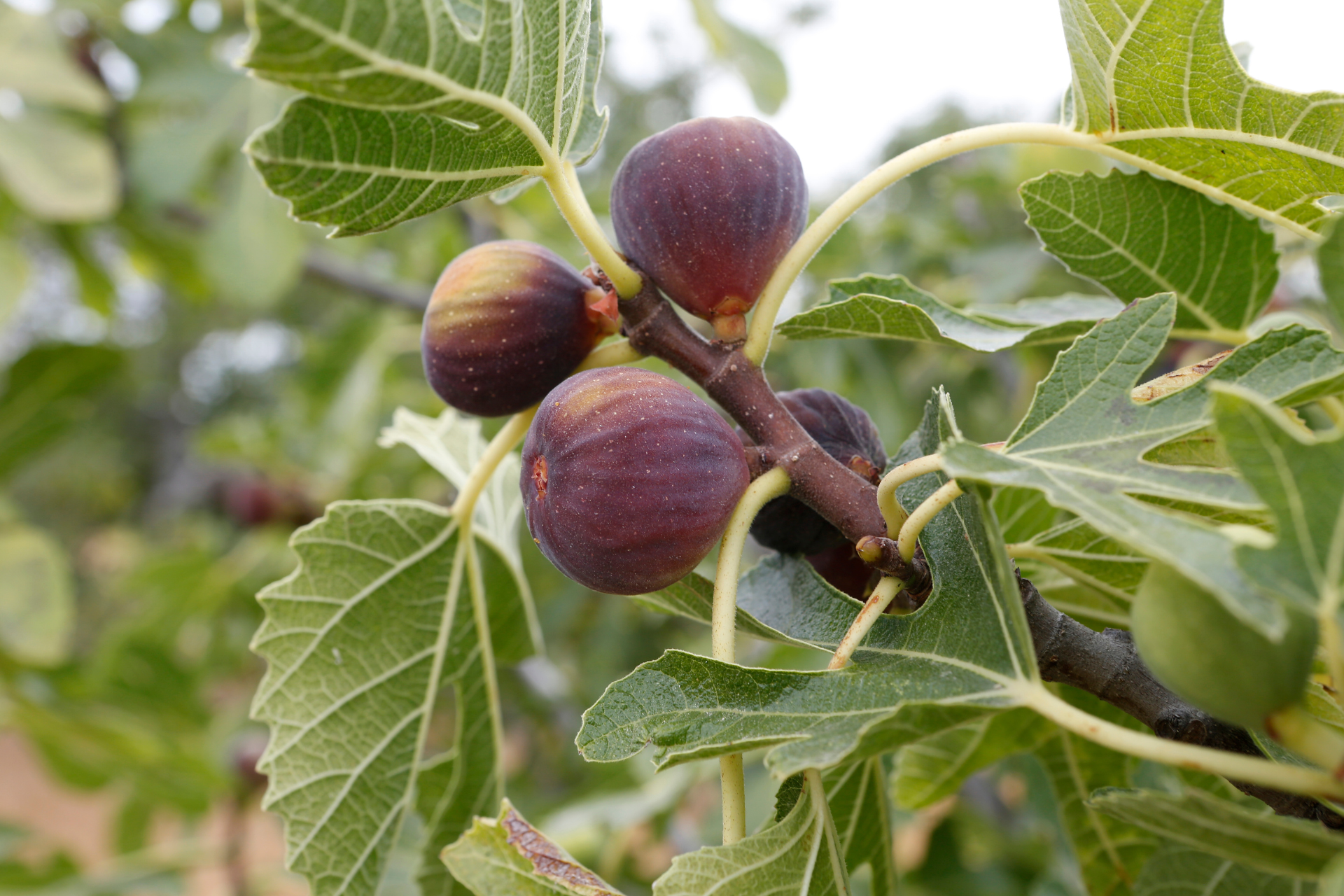
Figs are ancient, resilient, and surprisingly low-maintenance. These Mediterranean natives can live 100 years or more, especially in warm, dry climates. I’ve seen fig trees in abandoned gardens still producing sweet fruit decades later.
They tolerate poor soil, drought, and even neglect once established. Figs prefer a sunny spot and minimal pruning. They’ll thank you for a good mulch layer and a drink during prolonged dry spells.
What I appreciate most about fig trees is their ability to produce twice a year in ideal conditions—once in early summer (the breba crop) and again in late summer.
3. Persimmon Tree (Diospyros kaki or D. virginiana)

Persimmons are underrated, but once you taste a fully ripe one, you’ll never forget it. The Asian persimmon (D. kaki) and American persimmon (D. virginiana) are both long-lived, easily lasting 50 to 75 years or more.
They require minimal pruning and are quite hardy. I grow both types and have found them tolerant of most soils, as long as drainage is decent. Persimmons handle cold better than you might expect, with some varieties surviving USDA zone 5.
One thing to note: they can take a few years to fruit, but patience pays off with stunning fall color and a candy-sweet harvest.
4. Olive Tree (Olea europaea)
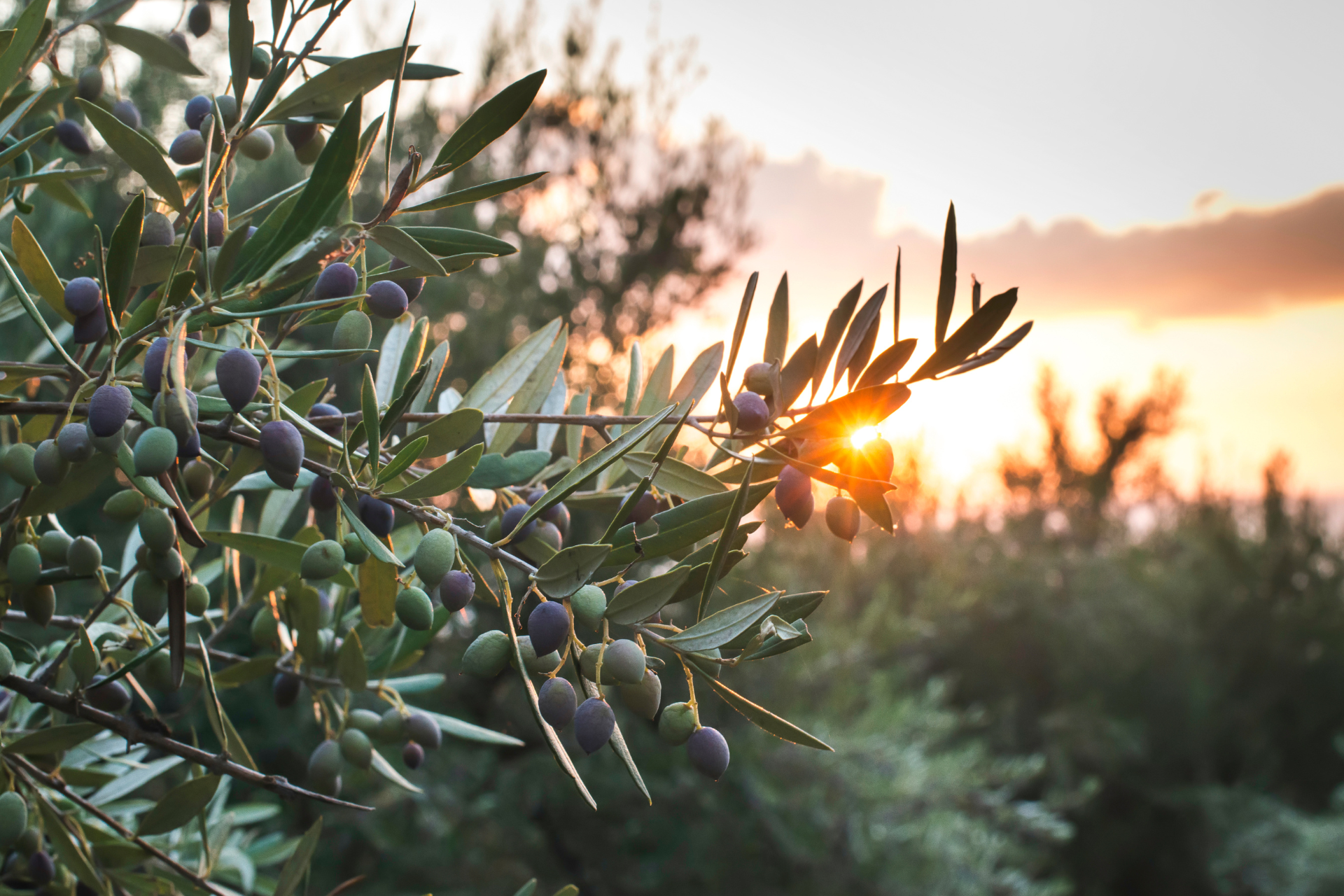
If you live in a Mediterranean or similar climate, plant an olive tree; you’re in it for the long haul. These trees can live several hundred years, with some specimens in Europe estimated to be over 1,000 years old and still producing.
Olives crave hot, dry summers and mild winters. They need well-draining soil and full sun. What they don’t need is pampering. In fact, too much water or fertilizer can stress them.
I love how ornamental they are, with silvery leaves and gnarled trunks. They take time to mature, but once they do, they’re a rock in your garden—drought-tolerant, tough, and generous.
5. Chestnut Tree (Castanea spp.)

Technically more nut than fruit, but hear me out, chestnuts are worth growing if you have the space. These towering trees can live for 200 years or more and produce reliably for most of that time.
I grow Chinese and hybrid chestnuts, which are blight-resistant and productive. They require a pair for pollination, and they do best with full sun and well-drained, slightly acidic soil.
The nuts are sweet and high in carbs, making them excellent for flour. Plus, the trees themselves are stately and shade-giving. If you want a legacy tree, this is it.
6. Avocado Tree (Persea americana)
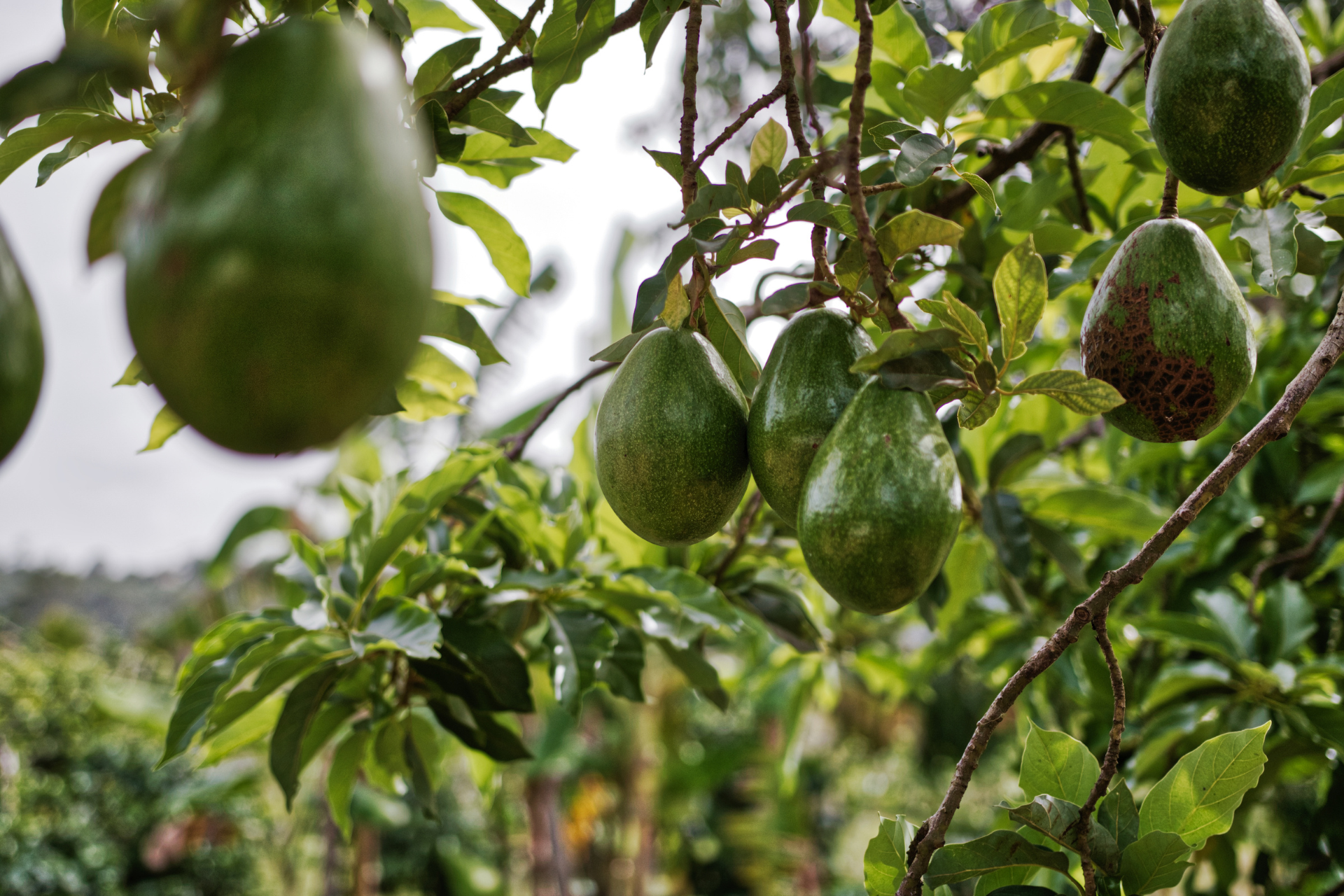
Avocados aren’t just trendy; they’re tough. A mature tree can live 50 to 100 years if grown in the right climate; zones 9-11 are ideal. I’ve seen old avocado trees in Southern California and Florida still producing buckets of fruit.
They need good drainage and protection from frost when young. Once established, they become fairly drought-tolerant. A deep mulch layer helps conserve moisture and regulate soil temperature.
Avocados do need a bit of space and patience, especially if you’re starting from seed. But grafted varieties will fruit in 3-5 years and can become incredibly prolific.
7. Mulberry Tree (Morus spp.)
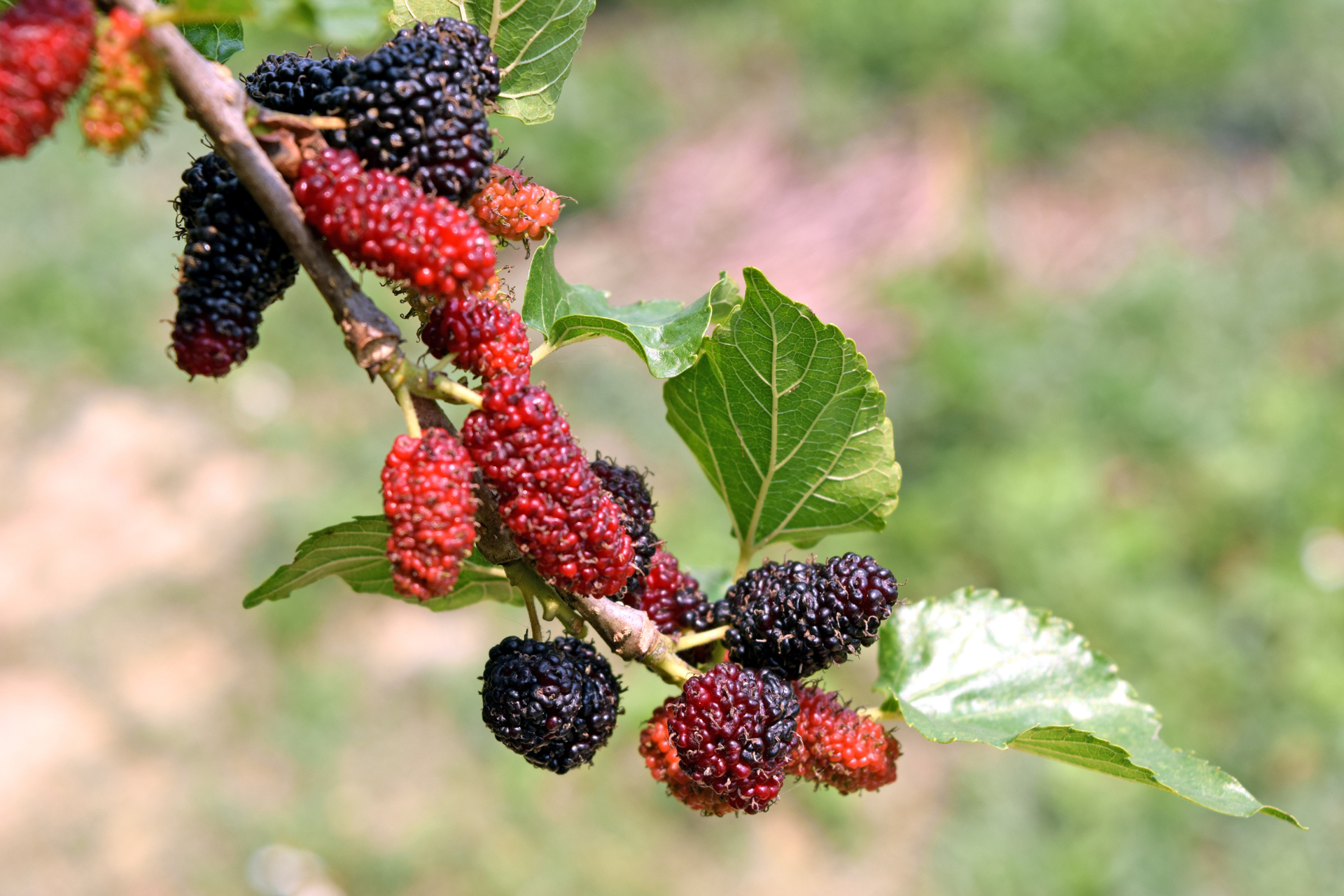
Mulberries are a hidden gem. Fast-growing and incredibly long-lived, some species like the black mulberry (Morus nigra) can live for 100 to 150 years.
I love how little maintenance they need. They tolerate pruning, poor soil, and drought. Just give them sun and room to spread. Birds love the fruit, so I always plan for a little sharing.
The berries themselves are soft, sweet, and nutrient-rich. They stain, yes, but they’re worth it. I use them fresh, dried, and in preserves. Mulberries are one of those trees that quietly give and give.
Final Thoughts
If you’re building a garden meant to last, one that feeds not just you but the generations to come, these trees are your foundation. Each of them offers a lifetime (or more) of beauty and bounty. My advice? Start with one or two that suit your climate, and commit to them. A little effort early on leads to decades of abundance.
I don’t just plant trees. I plant legacies. So can you.
FAQs
How do I choose the right long-living fruit tree for my climate?
Start with your USDA hardiness zone. Match that to the tree’s cold tolerance. Local extension offices or nurseries can guide you. I always test soil drainage and consider summer heat before planting.
Can I grow these trees in containers or small yards?
Dwarf or semi-dwarf varieties of apple, fig, and mulberry trees are great for small spaces or large containers. However, olive, avocado, and chestnut trees need room to stretch.
How long until these trees start producing fruit?
Most grafted trees bear fruit within 3 to 5 years. Seed-grown trees (like avocados) may take much longer—10 to 15 years or more. Patience and proper care are key.
What’s the biggest mistake people make when planting fruit trees?
Poor site prep. I see people ignore soil quality, drainage, or sunlight needs. Digging a wide, shallow hole and amending the soil makes all the difference.
Are there any trees I should avoid if I want long-term productivity?
Avoid high-maintenance or disease-prone varieties unless you’re ready to stay on top of them. Peach and nectarine trees, while delicious, often have shorter lifespans and need more care.

